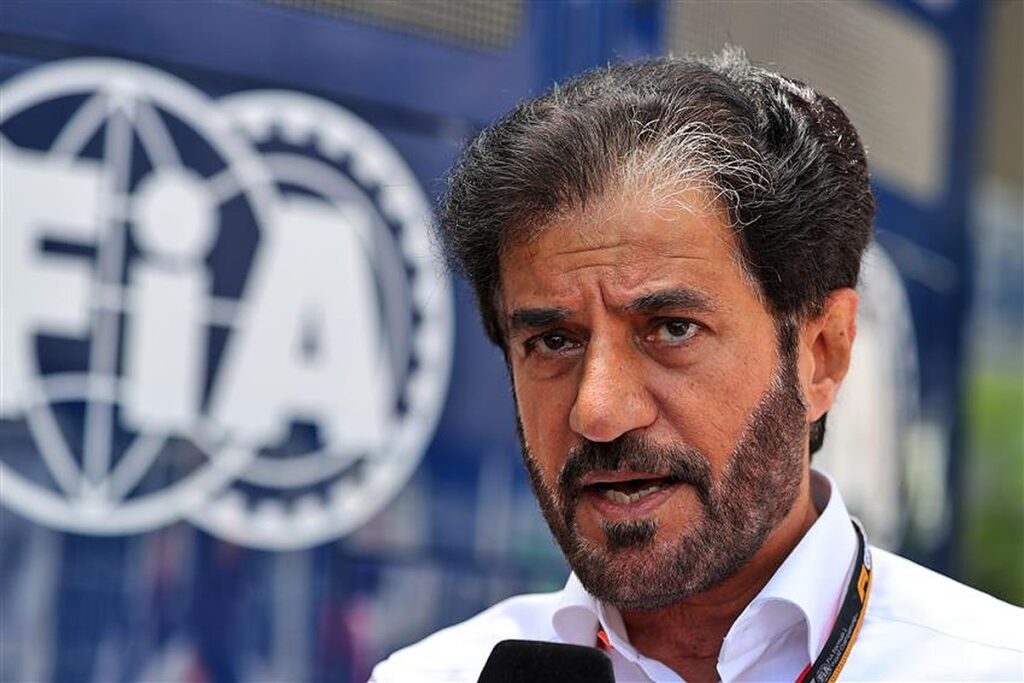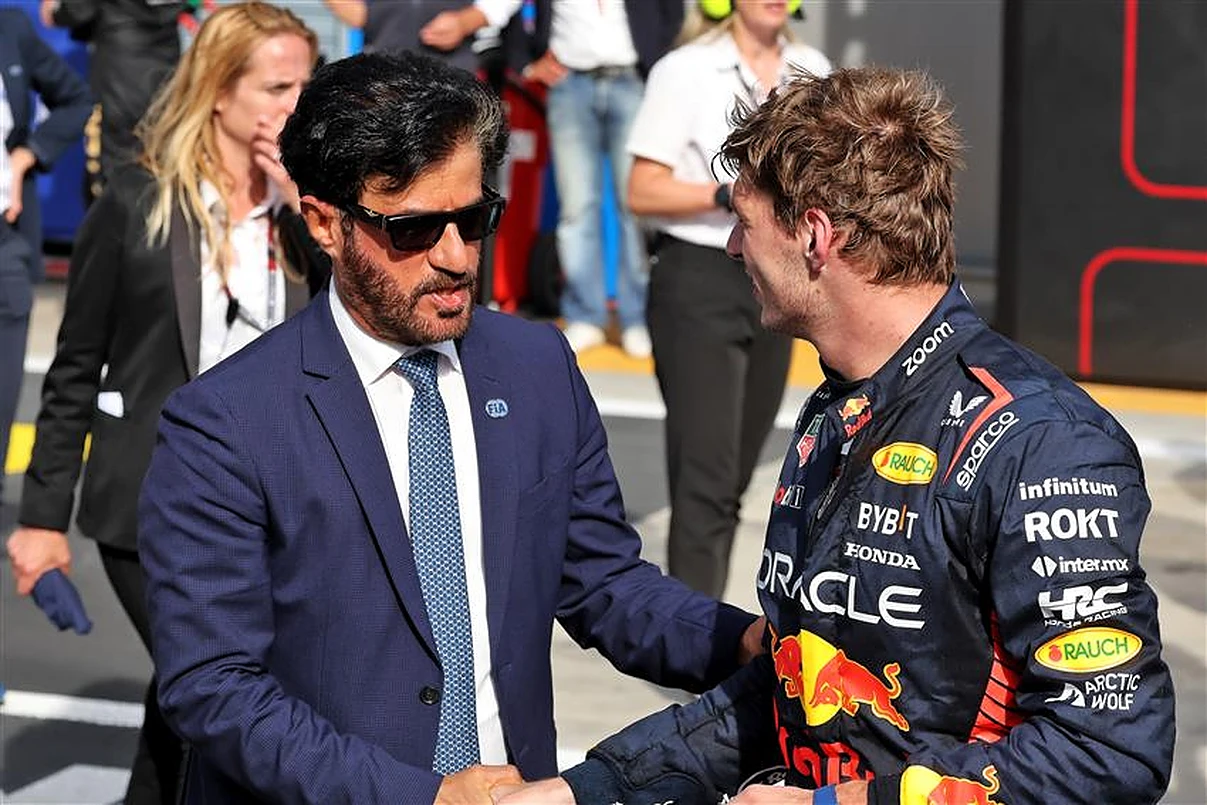Max Verstappen and Charles Leclerc have shared their perspectives in response to the concerns raised by FIA President Mohammed ben Sulayem about the ongoing track limits controversy in Formula 1.
The debate surrounding track limits came to the forefront after a contentious weekend in Qatar, which witnessed a recurrence of incidents akin to those witnessed in Austria earlier in the season.
Ben Sulayem expressed his concerns, saying, “We had the same issue in Austria… it was 1200 (violations).
“And I have to say, congratulations to the stewards because they spotted it.

Want to work in Formula 1? Browse the latest F1 job vacancies
“But is that the solution? No.”
He continued, “The solution is to improve the track itself. I know some are resistant to it, but to tell you the truth, if they don’t, there is no race.
“It is as simple as this.
“We can’t afford this.
“We have to work on a solution.
“One of the solutions is to make it slippery when they go off.
“Nobody can stop the drivers except the drivers themselves.”
Ben Sulayem suggested exploring options like adjusting the height of the kerbs or introducing gravel traps, but he emphasised the importance of striking a balance to ensure driver safety and prevent cars from getting stuck or damaged.
“It’s not a matter of ‘Do we do it?'” he warned. “We have to do it.
“And we have to listen to the drivers mainly, to the feedback from them.
“We cannot afford for it to continue, especially where we see it all the time.”
As the weekend at the Circuit of the Americas (COTA) got underway, Max Verstappen, the reigning world champion, expressed his willingness to provide feedback on the issue.
He remarked, “I will happily let anyone else drive my car, to see if they can do better with track limits.”
Verstappen acknowledged that track design played a role in the track limits debate.
He noted that newer tracks with extensive runoff areas made it more challenging for drivers to ascertain their limits.
He said, “Some tracks, yeah, just a lot of runoff, so naturally you are a bit… you find probably the limits a bit easier because we never really talk about track limits, for example, in Suzuka, and that’s probably a bit more of an old-school track.”
The world champion emphasised that contemporary track standards had shifted the focus from the enjoyment of pushing the limits to the technicalities of avoiding track limit violations.
He expressed his desire for improvements, saying, “It’s more like you’re looking at: ‘did I make it or not?’ Oh, yeah, I made it. It’s a bit odd.
“We need to do a better job because I think this weekend will be the same story.”
Charles Leclerc, the Ferrari driver, echoed similar sentiments.
He highlighted the challenges posed by different tracks in managing track limits and offered insights into the reference points drivers use.
READ: Red Bull’s key 2024 challenger emerges
Leclerc explained, “I’ve always preferred, in the past, to use the red and white kerb because this is a reference that we can actually feel inside the car, whereas the white line…
“we are so low in the car that it’s very difficult to see exactly where we are.
“If we are two centimetres out or exactly on the line is very difficult, whereas with the kerb, you can feel it much more what’s going on and it’s a better reference.”

